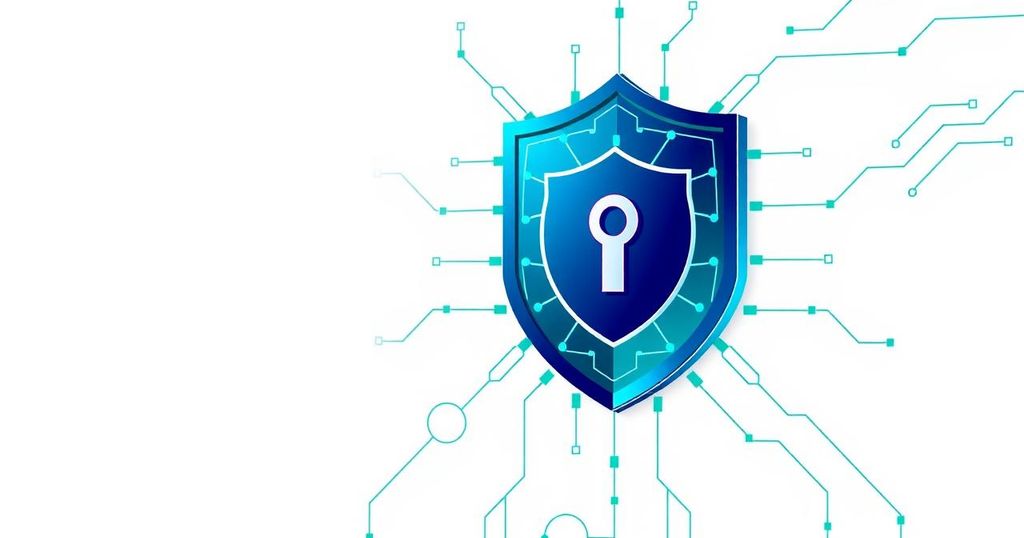Binance Survey Reveals Strong Cybersecurity Practices Among Asian Users
A recent Binance survey found that over 80% of Asian users practice good cybersecurity by using two-factor authentication and checking transfers. However, many users still lack knowledge of important security measures. There’s a call for improved security education, with some users expressing a desire for engaging anti-scam simulations. Users also expect exchanges to take responsibility for security management, noting a trend towards broader strategies needed beyond the present survey’s limited demographic.
Binance recently completed a survey aimed at its users across Asia, focusing on their cybersecurity practices. The results unveil a positive trend: over 80% of participants utilise two-factor authentication (2FA), and approximately 73% confirmed they double-check their transactions before sending. These findings highlight a promising level of security awareness among users, emphasising the need for continued education on anti-fraud measures.
The rise in crypto phishing scams is alarming, with recent reports revealing that hackers exploited social engineering tactics, resulting in losses of around $330 million in Bitcoin. This situation underscores the importance of user vigilance when securing their wallets. The survey aimed to gauge the attitudes of Binance users regarding security practices.
According to Binance, increasing the use of 2FA is obviously beneficial, but there are still notable gaps in other key security measures. The exchange attributes this low uptake to a lack of awareness among users. To address this, Binance outlined several strategies for enhancing security education. Jimmy Su, Binance’s Chief Security Officer, noted, “As the industry evolves, so do the tactics of bad actors. We’re investing heavily in localized anti-scam education that is practical, accessible, and tailored to users’ real needs. We’re also working closely with regulators and law enforcement to better protect user assets.”
Interestingly, many users expressed that current security guides are too technical and not easy to understand. In a positive turn, over 60% indicated they would join anti-scam simulations if these were made more engaging through gamification or rewards. This suggests a willingness among users to enhance their knowledge if the educational material can be made more approachable.
The survey also highlighted a significant point in the ongoing debate about self-custody of assets. Many users are developing an expectation that exchanges will take a more proactive role in managing security. In fact, 62.5% of respondents believe that centralised exchanges (CEXs) should intercept potentially harmful transactions in real-time, and more than half mentioned they would contact an exchange immediately upon suspecting a scam attempt.
However, it’s critical to consider the demographic scope of the survey. The findings reflect the views only of users from Asia, and there were notable differences based on the specific regions of the respondents. For instance, various locations reported diverse answers to which platform is most associated with scams.
Therefore, there’s a clear need for Binance, or similar institutions, to conduct broader follow-up surveys to validate these findings on a larger scale. Despite this, the insights drawn from the Asian user base are invaluable and could contribute to creating effective anti-fraud policies and educational resources that benefit a worldwide audience.




Post Comment